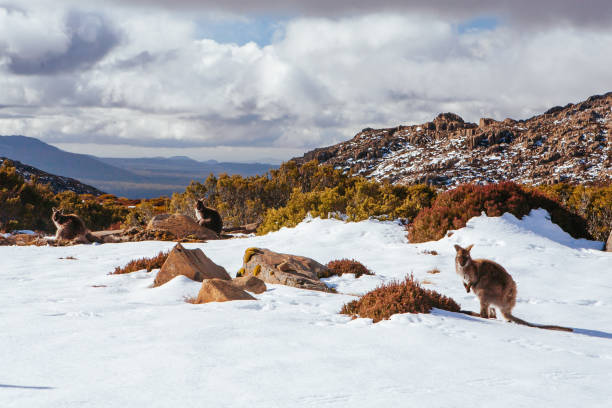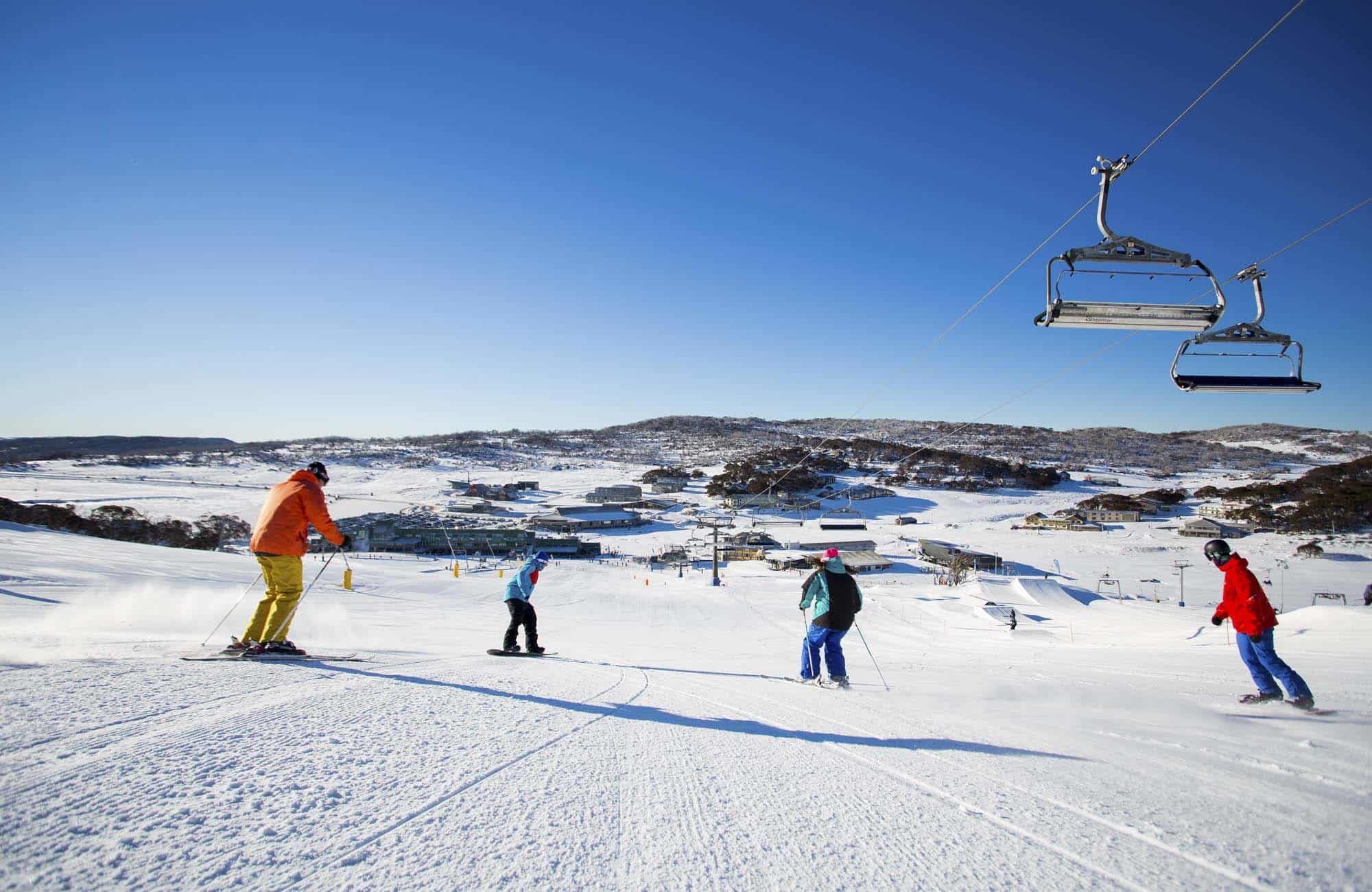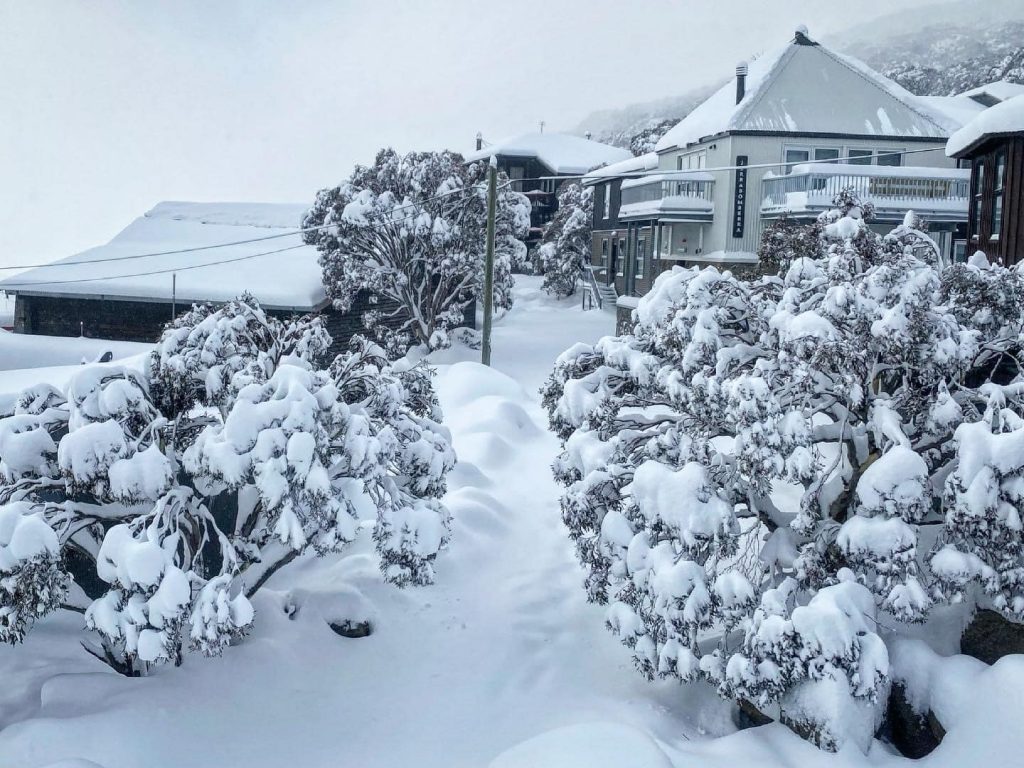Experience the Magic of Snow In Australia with Scenic Alpine Views and Top-Rated Ski Resorts
Experience the Magic of Snow In Australia with Scenic Alpine Views and Top-Rated Ski Resorts
Blog Article
Discover the Remarkable Impacts of Snow in Australia on Neighborhood Communities
In spite of its track record for sun-soaked landscapes, Australia likewise flaunts areas buried by snow-- a phenomenon that greatly influences the nation's distinct ecological communities. The insulating residential properties of snows safeguard vegetation and animals amidst the chilliest winters months, while the melting snow nurtures rivers and aquatic life. The actual marvel lies in how these chilly conditions shape the country's biodiversity and nutrient cycles. As we unwind this complex partnership, we find ourselves walking on undiscovered premises in Australia's high country.
The Unanticipated Regions of Snowfall in Australia
Although Australia is usually connected with sandy beaches and sun-scorched landscapes, particular areas surprisingly experience snowfall. The high country regions of New South Wales, Victoria, and Tasmania are particularly understood for their wintertime snow. The Snowy Hills in NSW, as an example, obtain plentiful seasonal snow, providing a plain comparison to the country's typical hot, dry climate. The Victorian Alps and parts of Tasmania likewise see yearly snowfalls, changing the landscape into a winter season wonderland. These areas are not just anomalies but indispensable parts of Australia's diverse environment system. The existence of snow in these regions significantly affects regional environments, subsequently impacting the nation's distinct biodiversity. The specific influence on Australia's distinctive vegetation will certainly be gone over in the next area.

How Snow Impacts Australia's Unique Plants
While it might seem uncommon, snowfall in Australia plays an important role in forming the nation's unique flora. The snow-filled wintertimes foster resilience in Australian plant types. This is specifically apparent in the sub-alpine and towering regions, where snow periodontals and hill plum-pines flourish. These plants have developed to survive in extreme problems, with snow working as a protective covering from freezing temperature levels and harsh winds. The snow also adds to the moisture web content of the soil, supplying required hydration for plant during the completely dry summer season months. Basically, the snow influences the timing of flowering and seed dispersal, the development rates, and the survival of numerous plant varieties, showcasing the detailed interplay in between climate and flora in Australia.

The Adjustments of Australian Fauna to Snowfall
Just as Australia's vegetation has actually adjusted to the wintery conditions, the neighborhood fauna also, display amazing adjustments to the snowfall. It utilizes the snow as insulation, hibernating in rock gaps underneath the snow find out here now to remain cozy. The Snow Skink, a varieties of reptile, transforms its colour to white during winter season, giving camouflage against killers.
The Function of Snow in Forming Local Ecosystems
In shaping the regional communities, the duty of snow in Australia is both profound and multilayered. It influences the distribution of plants and animals, mostly specifying the biodiversity of towering and sub-alpine areas. Snow provides a vital water resource, feeding rivers and tanks as it thaws, hence sustaining a range of water life types. Furthermore, snow serves as an insulator, safeguarding ground-dwelling microorganisms from severe cold. Likewise, it plays a substantial function in soil development and nutrient biking. The routine freezing and thawing of soil generated by snowfall fosters the failure of rocks, improving dirt fertility. As a result, the visibility of snow forms the plants patterns, animal habits, and overall sustainability of Australia's unique ecosystems. Does Australia Get Snow.

The Future of Snowfall in Australia: Predictions and Effects

Offered the crucial duty snow plays in forming neighborhood environments, the future of snowfall in Australia is drawing enhancing attention from ecologists and researchers. Present environment designs anticipate a substantial decline in snowfall as a result of international warming, with possibly profound effects on regional communities. Much less snow might result in minimized water availability in towering regions, adversely affecting wildlife environments and plant. It can change the timing of seasonal adjustments, interfering with the life cycles of many indigenous varieties. The tourism sector, heavily dependent on the winter season snow period, might additionally deal with substantial difficulties. Recognizing these forecasts go to this web-site and their ramifications is crucial to create efficient conservation approaches, ensuring the preservation of Australia's special biodiversity and the sustainability of its economy.
Verdict
The role of snow in Australia's ecosystems is essential yet frequently overlooked. Hence, the snow in Australia is much more than an all-natural spectacle; it's a crucial gamer in the country's ecological story.
Despite its credibility for sun-soaked landscapes, Australia likewise boasts regions buried by snow-- a phenomenon that exceptionally affects the nation's special communities. It uses the snow as insulation, hibernating in rock click holes beneath the snow to remain warm - Does Australia Get Snow.In shaping the local ecological communities, the duty of snow in Australia is both multilayered and profound. The visibility of snow forms the plant life patterns, pet habits, and overall sustainability of Australia's special ecological communities
Given the important function snow plays in forming neighborhood ecosystems, the future of snowfall in Australia is drawing raising attention from researchers and environmentalists.
Report this page